States Risk Leaving Broadband Money on the Table
Universal service could cost more than $80 billion, so why are legislatures passing up federal funds?
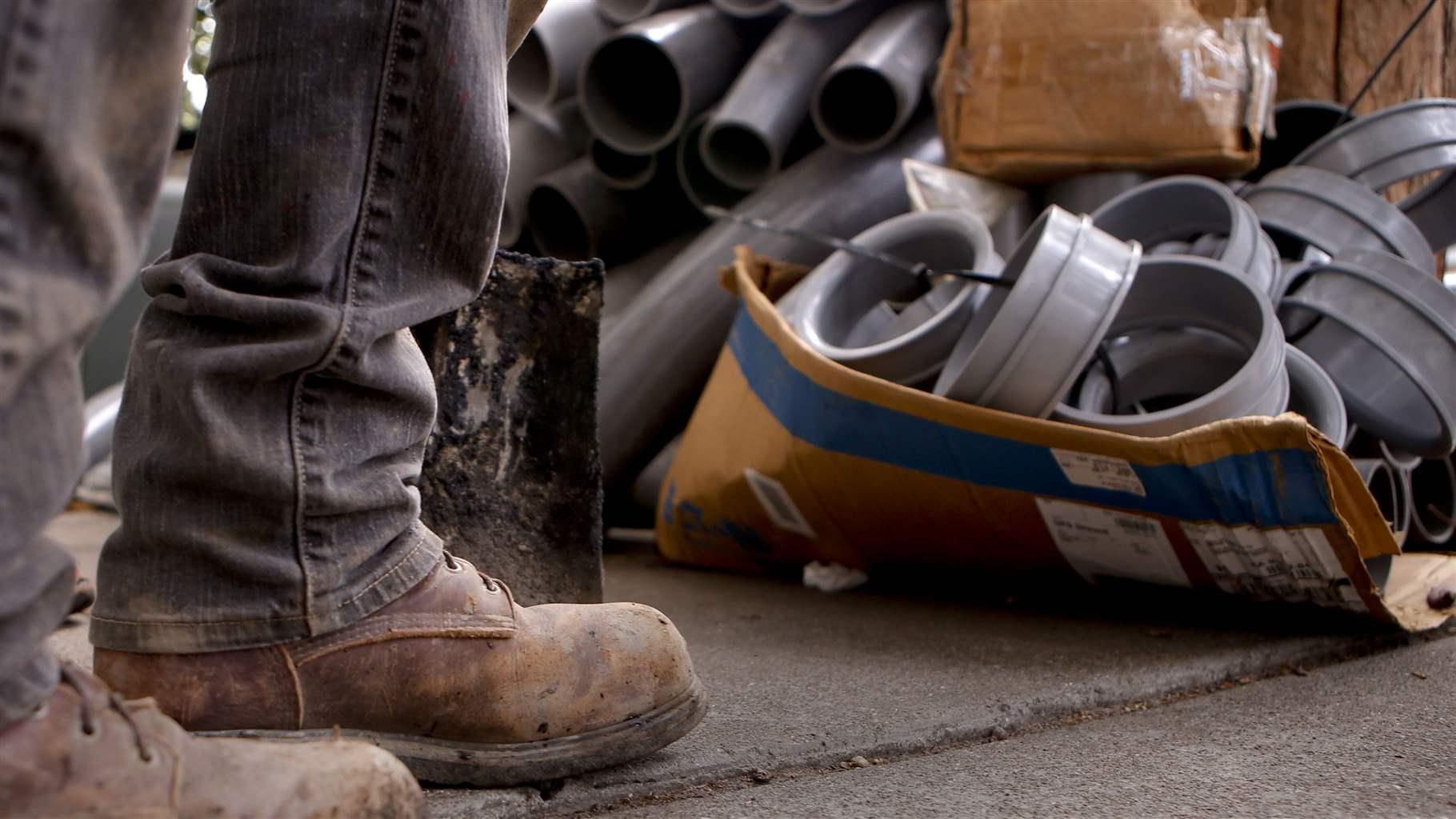
State lawmakers often joke about “waiting on Washington” to pass laws, distribute funds, or approve permits—a time-honored tradition in the halls of state governments. But today, when it comes to expanding access to broadband service, the federal government is waiting on the states.
Experts estimate that providing every American with access to affordable high-speed internet—a need highlighted by the COVID-19 pandemic—will cost $80 billion or more. Yet more than a year after Congress passed the American Rescue Plan Act (ARPA), just 24 states have confirmed plans to use billions in federal dollars provided through the act’s Capital Projects Fund (CPF) for broadband expansion.
States actually can use resources from two ARPA funds for broadband and related expenses, and although they can use CPF monies for other capital projects, the Treasury Department named affordable, reliable broadband as a “key priority” of the fund and made hundreds of millions of dollars available to states for that purpose right now. But much of it is sitting unused.
States must complete a planning process with Treasury by Sept. 24 before they can receive their full share of the roughly $10 billion that CPF has dedicated to closing the digital divide, but they can access up to 5% of their allocations immediately. And those advance funds can be applied to expenses related to the planning process, such as data collection and community engagement.
So what’s standing in the way of full-scale deployment of these CPF resources? Among other things, state legislatures are choosing not to use CPF for broadband because they are waiting on other, potentially larger pots of federal money that may be months away rather than seizing this important opportunity now.
In particular, the Infrastructure Investment and Jobs Act (IIJA) provides about $65 billion for broadband and digital equity, including approximately $42.5 billion through the Broadband, Equity, Access, and Deployment (BEAD) Program, which states will be responsible for administering. However, the IIJA requires that the Department of Commerce and Federal Communications Commission collaborate to improve the quality of data about broadband access and usage, develop a challenge process to promote fairness in the grantmaking process, and create a funding formula before any monies can be disbursed. As a result, it will be months before states know their final allocations, and they will have to wait even longer to receive the first round of funds.
Time is not the only reason states should not wait for IIJA funding to become available, nor is it even the most important. Although the amount of funding available through IIJA is historic, it will not be enough to provide universal connectivity. The combined impact of years of modest broadband policy goals, limited government oversight, and underinvestment in networks has left our nation with an expensive problem to solve, and states should look to use every dollar they can.
Furthermore, CPF’s final spending guidance gives states flexibility that the IIJA does not. CPF defines unserved households as those lacking wireline access to speeds of 100 megabits per second (Mbps) for downloads and 20 Mbps (expressed as 100/20 Mbps) for uploads and requires that funded infrastructure projects either provide speeds of 100/100 Mbps or be scalable to those speeds in the future. By contrast, IIJA’s narrower definition of unserved households—those with access to speeds of less than 25/3 Mbps—and its requirement that states connect all unserved households before broadening their efforts mean that IIJA-funded projects will need to finely slice communities to reach only qualifying areas. In addition. IIJA’s definition of unserved is likely to exclude many densely populated areas, such as city blocks or neighborhoods; suburbs; and rural population centers. The probable result for states is a map that ends up looking like Swiss cheese and an approach to broadband expansion that is inefficient for internet service providers, for communities, and for the use of public funds.
For all of these reasons, CPF is an asset to states. The 100/20 Mbps wireline requirement broadens the scope of eligible households, presents an opportunity to improve connection quality—by, for example, upgrading from wireless connections to fiber—and avoids the Swiss cheese problem and could achieve better outcomes for providers and communities, especially densely populated ones. And given both the IIJA’s funding requirements and the fact that those funds may not be enough to achieve universal access, using CPF now will enable states to connect more residents to affordable, reliable broadband and to do it faster.
But legislatures need to act to claim their CPF monies for broadband. They should authorize their broadband offices to immediately access the 5% in administrative funds to hire staff and take the necessary steps to ensure the effective use of public money. And as states appropriate federal dollars, they will also need to ensure that they are developing policies that reflect best practices for state broadband programs and align with federal law and funding requirements. Failure to do so would result in delayed distribution of funds.
Technically, states have until 2024 to appropriate CPF funds. But with more than a dozen state legislatures already out of session for 2022 and some not even convening this year, states that have not yet elected to use CPF for broadband should look to do so in 2023. What they choose is up to them. But while they debate, millions of Americans still lack access to high-speed, reliable, and affordable internet. And it will take years to connect all of those households to broadband. With billions on the table today, the choice should be clear.
Kathryn de Wit directs The Pew Charitable Trusts’ broadband access initiative.


America’s Overdose Crisis
Sign up for our five-email course explaining the overdose crisis in America, the state of treatment access, and ways to improve care
Sign up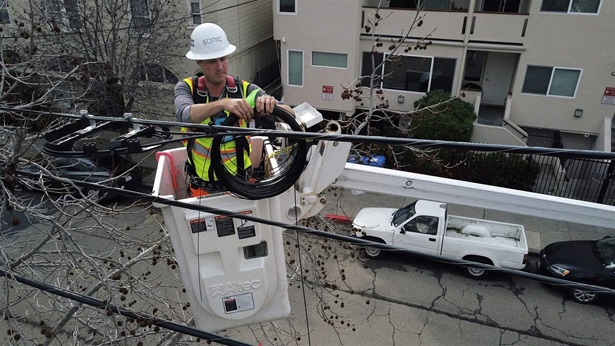
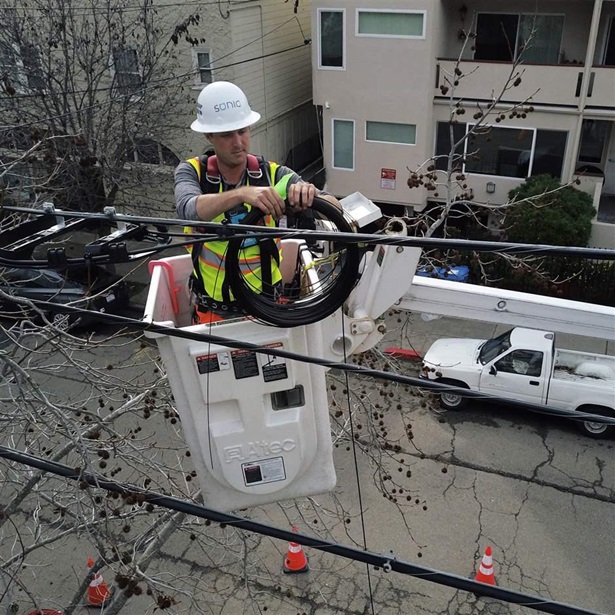
Federal Telecommunications Officials Can Build on State Successes
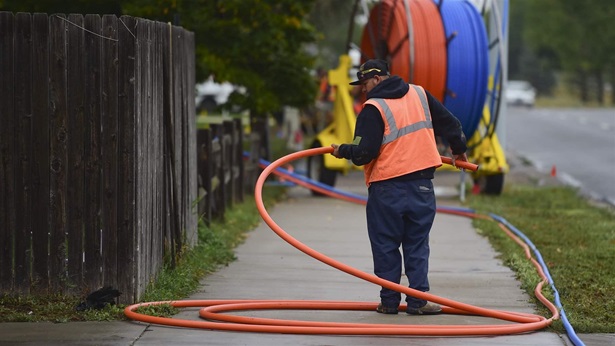
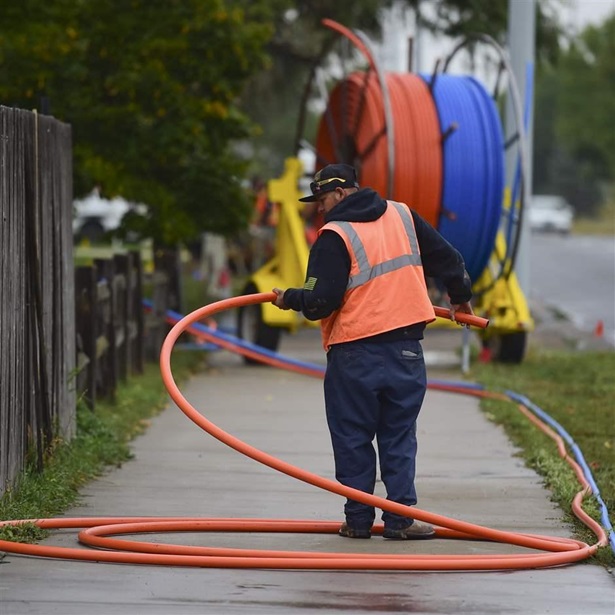
Using Pandemic Relief Funds to Boost Broadband Access












